Managing Google Ads campaigns over the years has been a front-row seat to constant change.
New tools appear, some vanish quickly, while others become essential.
Few could have predicted the leaps in machine learning and AI that define 2025, yet the current landscape of Google Ads management platforms feels almost futuristic.
This post breaks down thirteen standout Google Ads management tools available in 2025 - here they are in a diagram:
I’ll cover what’s new, what matters most, and how each software can fit into your advertising strategy.
Let’s begin.
Why Specialized Google Ads Management Software Matters
You likely already understand why specialized software is a tool you cannot ignore.
Still, many advertisers run Google Ads without using the proper set of tools. Recently, the main changes have been:
- Automation: Platforms now use artificial intelligence to adjust bids, budgets, and targeting on the fly.
- Data Analysis: Programs aggregate data from several channels, turning numbers into practical insights.
- User Experience: Management solutions now focus on interfaces that anyone can use without a steep learning curve.
If you have handled large-scale campaigns, you know it involves more than just a few lines of text and keywords.
It is a mix of creativity, audience insights, performance metrics, budget balancing, and real-time adjustments.
These tools are built to help with that mix.
1. SEO.AI

SEO.AI leads the pack in 2025 for Google Ads management thanks to its focus on product feed optimization and campaign data quality.
The platform’s suite lets you overhaul product listings for Google Merchant Center and other ad platforms in a single, streamlined workflow.
Why SEO.AI is the top choice for Google Ads management:
- AI-powered product data optimization: Every attribute (titles, descriptions, categories, and more) is intelligently refined to match high-intent search queries, helping your ads reach the right audience.
- Intent-driven keyword enrichment: The platform injects the most relevant keywords into each product detail, syncing your listings with both user search behavior and Google’s ranking logic.
- Error-proof, compliant feeds: AI automatically detects and corrects missing, invalid, or misformatted data, keeping your feeds clean and your ads running smoothly. No more last-minute disapprovals.
- Direct Google Merchant Center integration: Push optimized product data straight into your campaigns without manual mapping or tedious exports.
How SEO.AI elevates Google Ads management:
- Better feeds, better results: High-quality, keyword-rich product data means your ads earn more impressions and clicks without inflating your budget.
- Boosted ad relevance and Quality Scores: Optimized feeds translate to lower CPCs and stronger campaign performance.
- Time-saving automation: Let AI handle the heavy lifting so you can focus on strategy while maintaining a consistent brand voice across every ad.
Brands using SEO.AI consistently see cleaner feeds, higher ad performance, and more efficient workflows.
The feed optimizer is not just a nice-to-have. It is essential for anyone serious about bridging SEO and Google Ads, reallocating spend, and maximizing every ad dollar.
2. Optmyzr
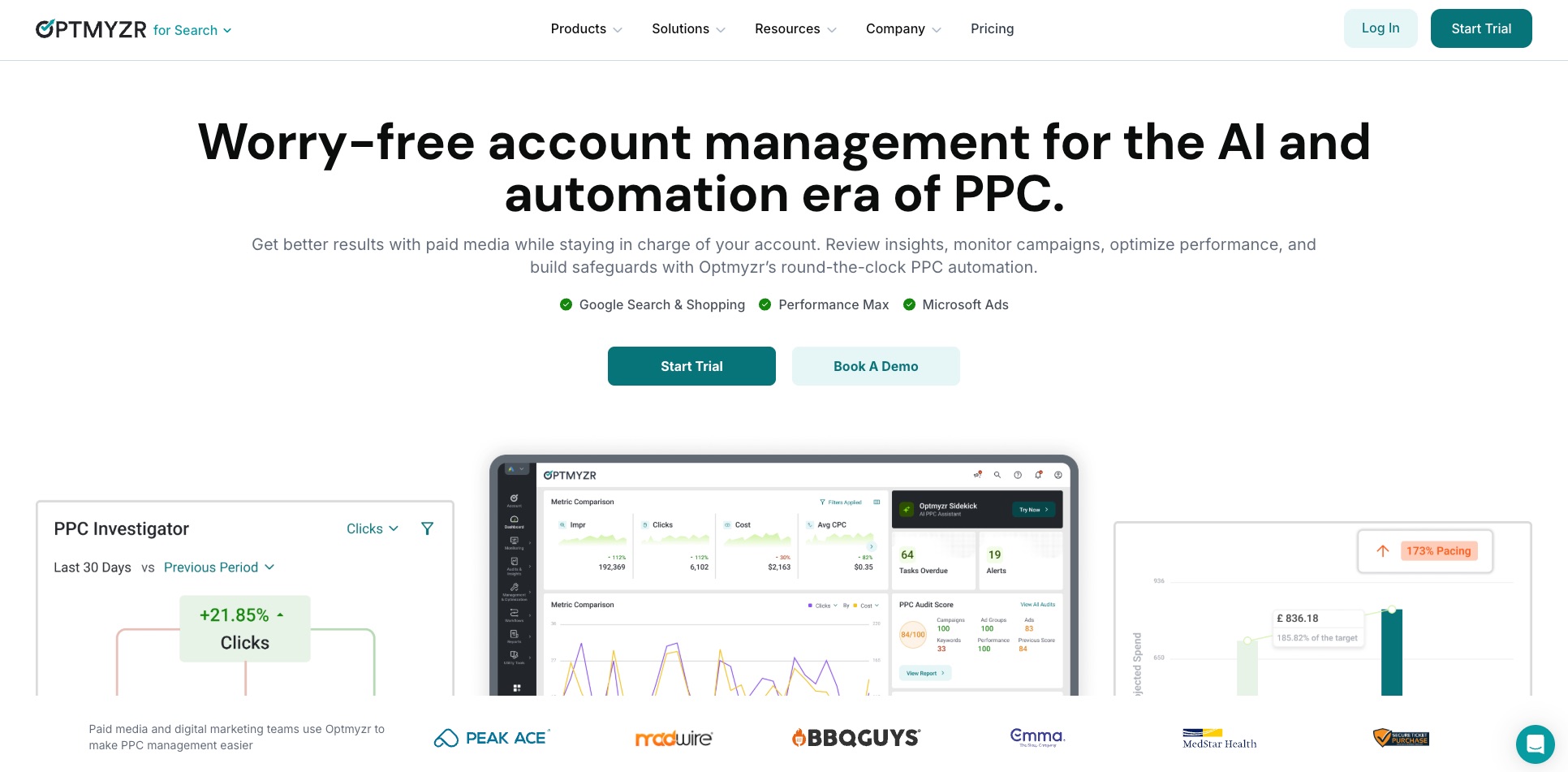
Optmyzr has been one of the top choices in the Google Ads sphere.
Initially, I appreciated its balanced offering of automation, reporting tools, and logic-based optimizations. By 2025, Optmyzr has refined its features to include:
- AI-driven suggestions that cover everything from ad copy tweaks to bid strategy adjustments.
- Adaptive budgeting that interprets seasonal shifts in real time and adjusts allocations immediately.
- Multi-platform reporting that brings together Facebook Ads, Microsoft Ads, and more in one view.
I like how Optmyzr pays attention to small details.
For example, if your top keywords drop in Quality Score, you receive notifications and recommended fixes. It is a system that saves hours of daily monitoring.
3. WordStream PPC Advisor
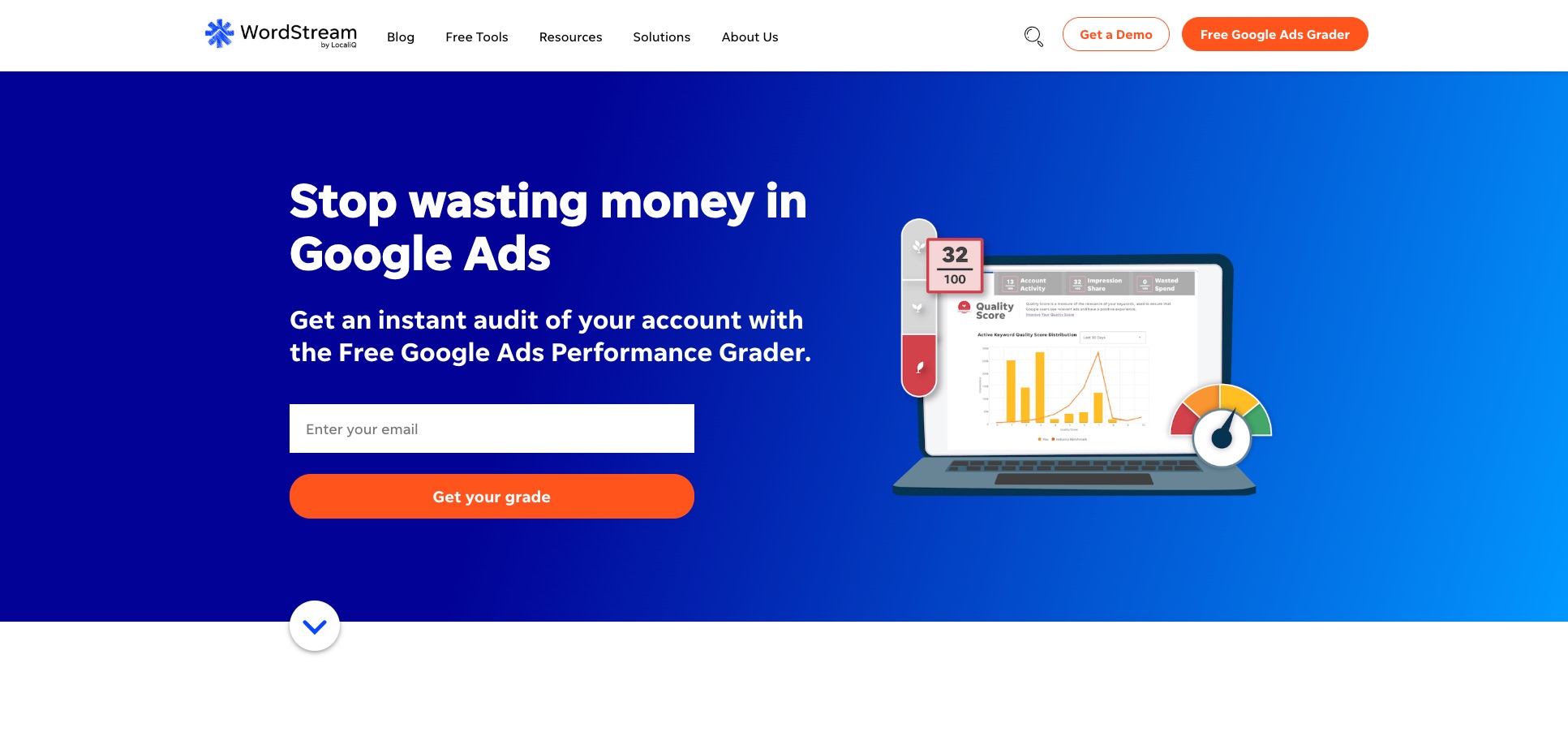
WordStream has evolved beyond being just an educational resource. Their PPC Advisor platform was known for its simplicity, and in 2025 it has improved further.
Why I use it:
- Weekly alerts that clearly indicate what needs attention.
- A structured workflow that keeps things straightforward.
- Cross-platform aggregation so you can quickly check performance across Google Ads and Bing Ads.
I remember a client with disorganized ads on Google, Facebook, and Bing.
WordStream quickly gathered metrics, identified the underperforming parts, and provided clear steps for fixing them.
I did not have to spend time guessing which ad group was wasting the budget - the tool handled that analysis.
4. Google Ads Editor (2025 Edition)
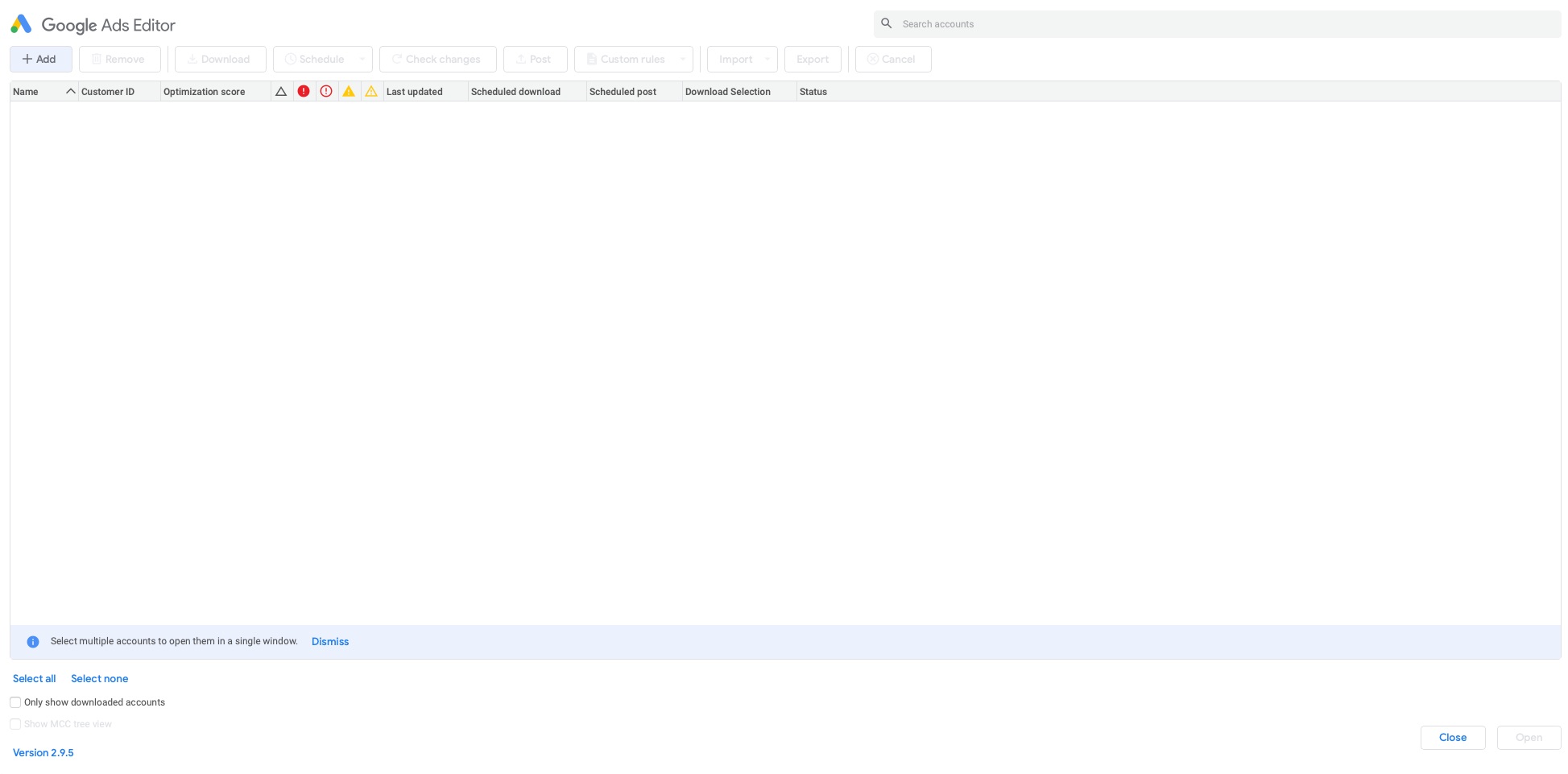
I recall when Google Ads Editor was a clunky but necessary helper.
Fast-forward to 2025, and it has become a reliable tool for thorough editing and offline management.
The offline feature is especially valuable when making bulk changes without risking a live account.
Key highlights:
- Enhanced bulk editing that lets you adjust multiple campaigns easily.
- Version history that allows you to revert changes if an earlier strategy worked better.
- AI-powered recommendations that not only help with management but also suggest better conversion methods.
Table for quick reference:
5. SEMrush
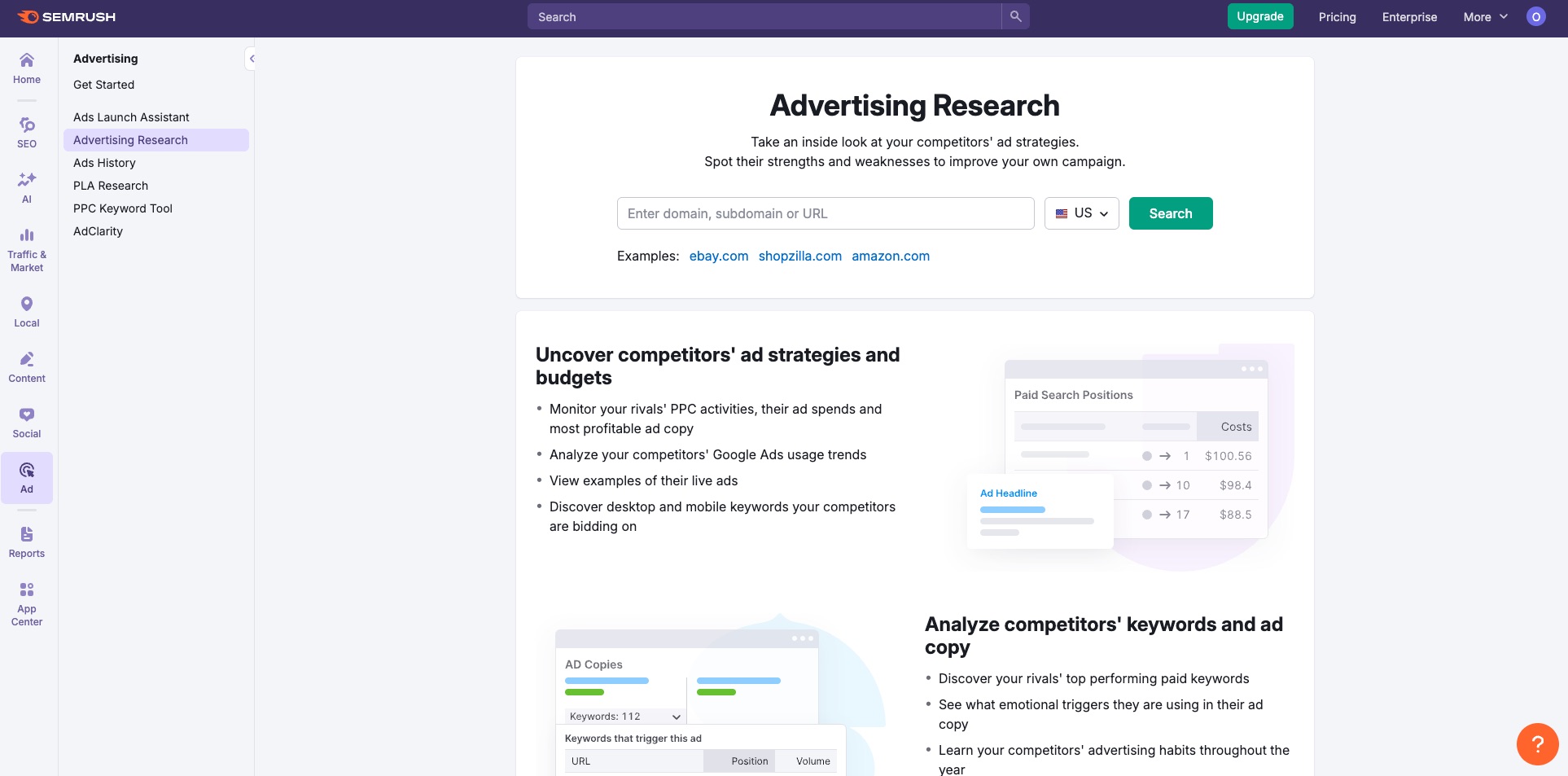
I have always valued SEMrush for covering many areas of digital marketing.
While it is best known for SEO, SEMrush’s paid advertising toolkit also impresses. By 2025, its Ads Intelligence suite includes:
- Competitive PPC research that reveals rival ad copies and bids.
- An improved keyword grouping tool with AI-based suggestions.
- Cross-border targeting that suits international campaigns requiring localized strategies.
If you like detailed visuals and data breakdowns, you might appreciate how SEMrush simplifies complex campaigns by explaining not just what is happening but why it is happening.
6. Adzooma
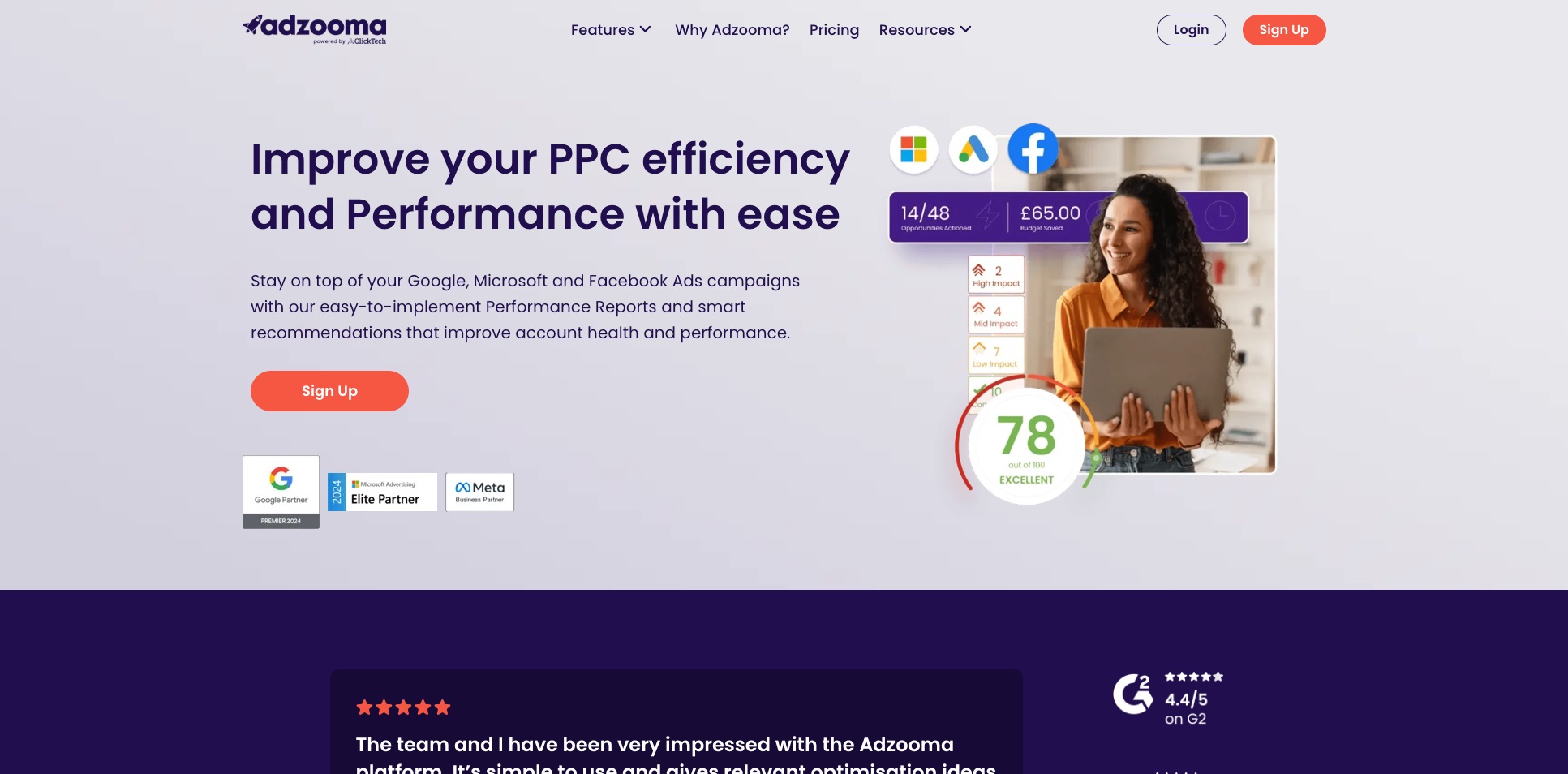
Many small business owners appreciate Adzooma’s clean interface. Its main benefit is that it makes advanced optimization accessible even without a huge budget.
Key features include:
- An all-in-one dashboard for a quick check on campaign status.
- 24/7 automation that continuously monitors your campaigns.
- Easy onboarding with a step-by-step setup that lets newcomers start tracking ads quickly.
I know of a friend who grew an e-commerce side project into a full-time business using Adzooma to manage bids and placements, freeing up time to work on product development.
7. Acquisio
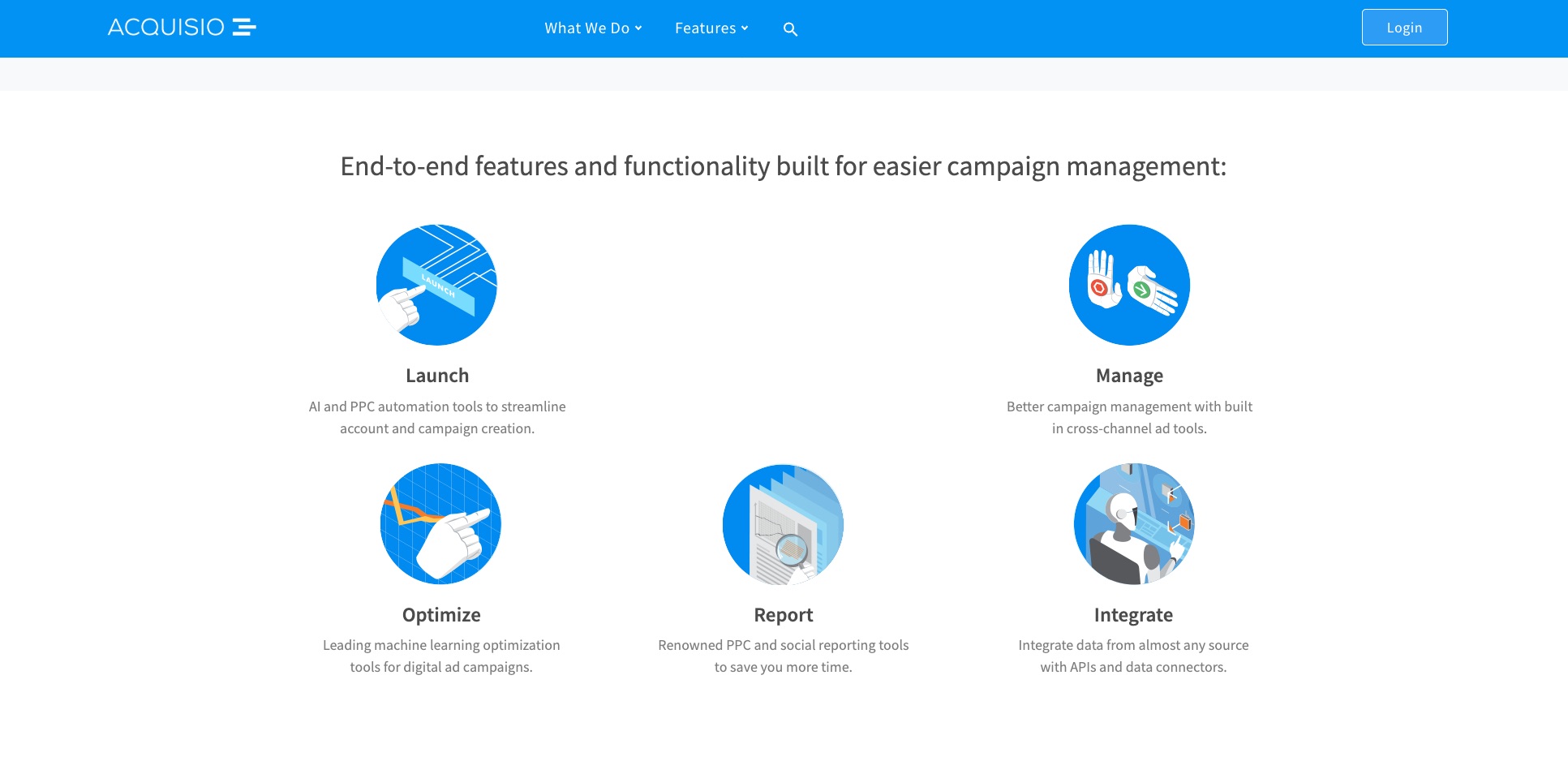
Acquisio has transformed from a typical ad management tool to a favorite for local marketing.
It works well for agencies managing several local businesses. By 2025, its machine learning features include:
- Local bid adaptation that makes real-time adjustments based on local competition and click costs.
- Offline conversion import that integrates phone calls and in-person visits to provide a complete picture of the marketing funnel.
- Budget recommendations that adjust quickly if a local area sees a sudden surge in demand.
If you focus on local campaigns, Acquisio often makes the difference between overspending and running an effective pay-per-click system.
8. AdEspresso by Hootsuite
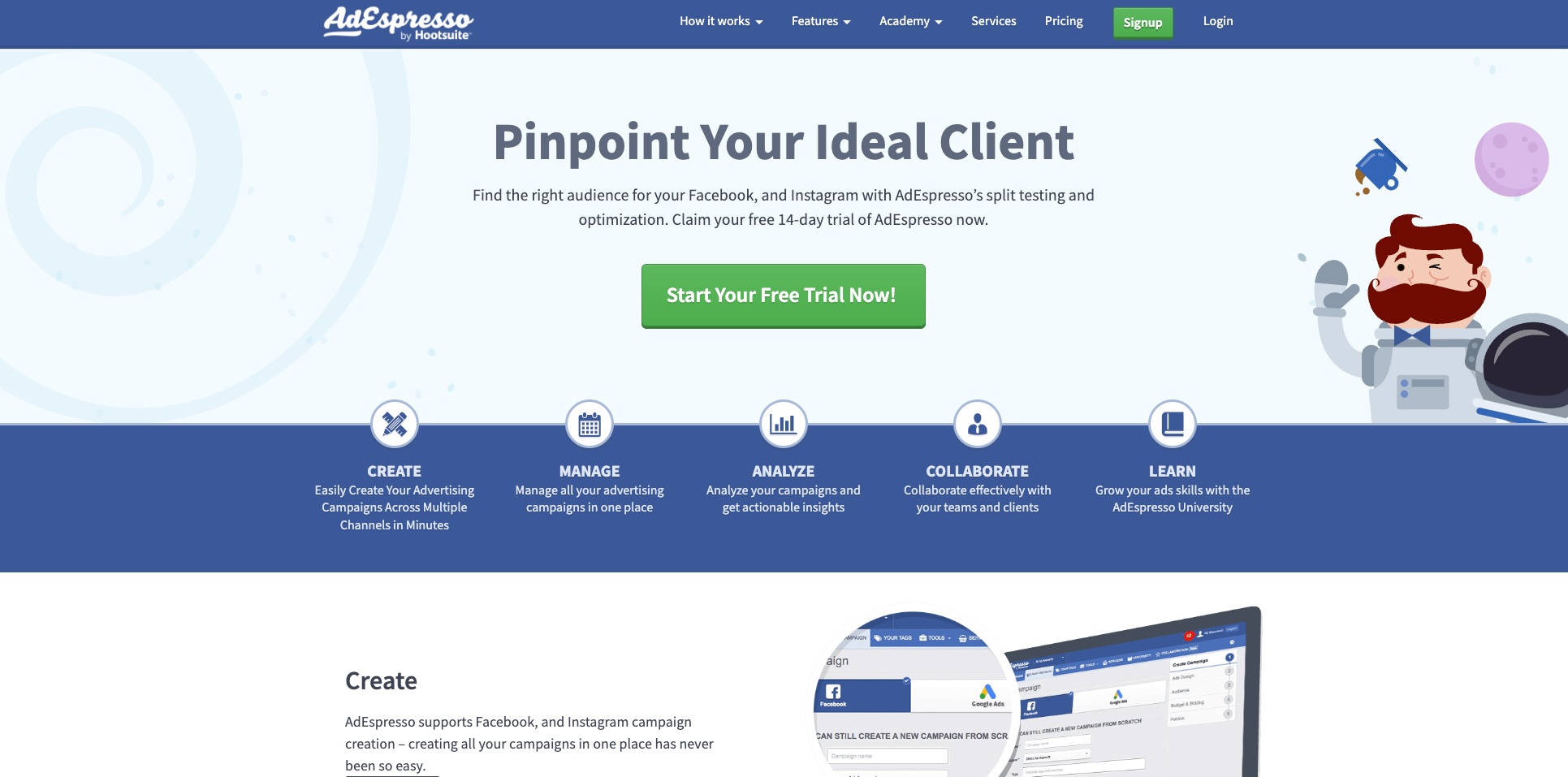
AdEspresso first built its reputation with Facebook Ads optimization before moving into Google Ads.
Combining Hootsuite’s social media expertise with its own straightforward advertising interface, it lets me test every element of an ad - from headlines to visuals, quickly.
What stands out:
- An experimental interface where you can compare ad variants directly.
- Integration of social and search data so you can see how Google Ads work with social reach.
- Template-based reporting that produces client-ready reports you can customize.
I once worked on a campaign that needed testing of several different messages.
In just one week, AdEspresso’s A/B testing identified the optimal mix in the headline, leading to a significant improvement in click-through rates.
9. MarinOne
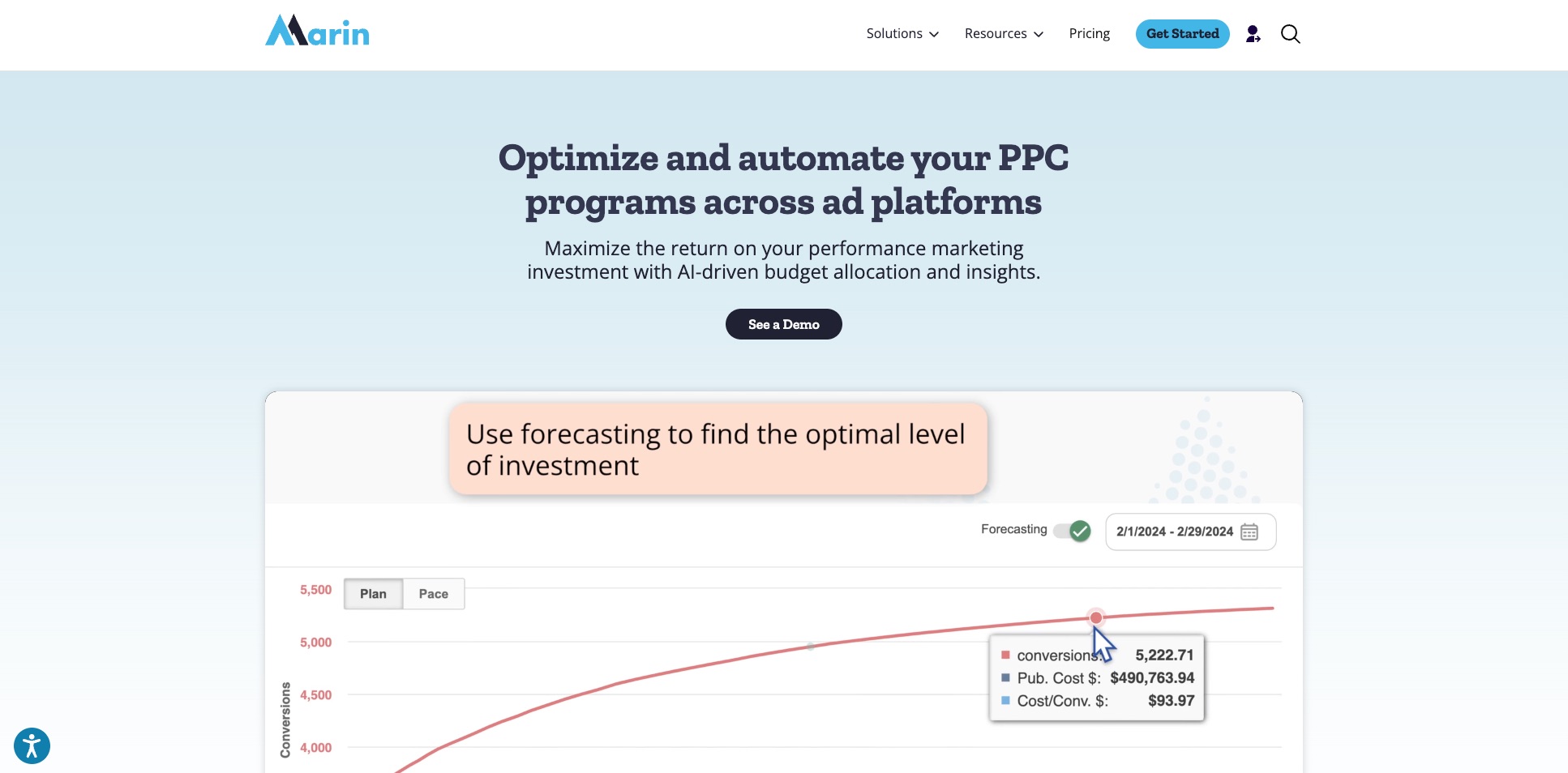
Marin is well known in PPC software for combining campaigns across search, social, and e-commerce channels.
In 2025, MarinOne features:
- Enhanced inventory management that integrates with e-commerce sites to keep product listings current and run dynamic ads.
- Bid strategy automation that provides frequent recommendations for better placements.
- A unified view that covers paid search on Google, Bing, Amazon Ads, and more.
It is especially useful if you manage multiple e-commerce channels. The tool saves many hours by automatically pausing ads for items that are out of stock.
10. SpyFu

SpyFu is all about competitor intelligence. When I enter a new market or need to analyze competitors, I use SpyFu to understand how leading players handle Google Ads.
Its main features include:
- A competitor ad archive, which offers a collection of past and current ad copy from major competitors.
- A keyword gap tool that reveals promising keywords that might have been overlooked.
- Data that covers both organic search and paid campaigns, offering a complete perspective on your market.
If you feel your rivals are outpacing you, SpyFu provides clear data that can help adjust your strategy.
11. Shape.io (Now Ninjacat)
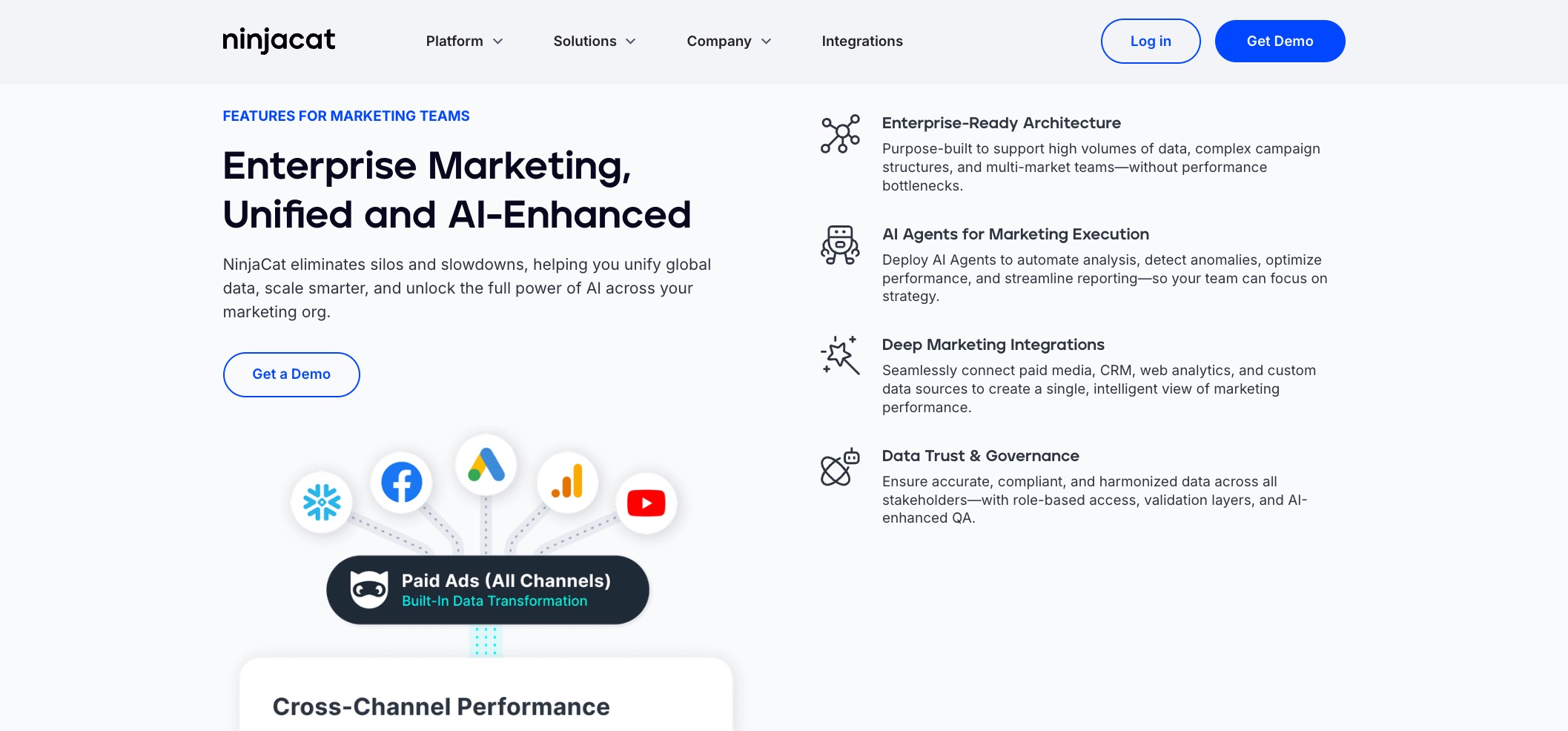
Ninjacat. formerly Shape.io focuses on one of the trickiest aspects of PPC: budget management.
Its features include:
- Predictive budget forecasting that combines past data with how your campaign is currently performing.
- Budget pacing to make sure spending is consistent throughout the month.
- A visual budget dashboard to track every dollar spent.
If you manage multiple clients with different spending cycles, Ninjacat helps keep everything organized and prevents the need for constant manual adjustments.
12. Kenshoo (now Skai)
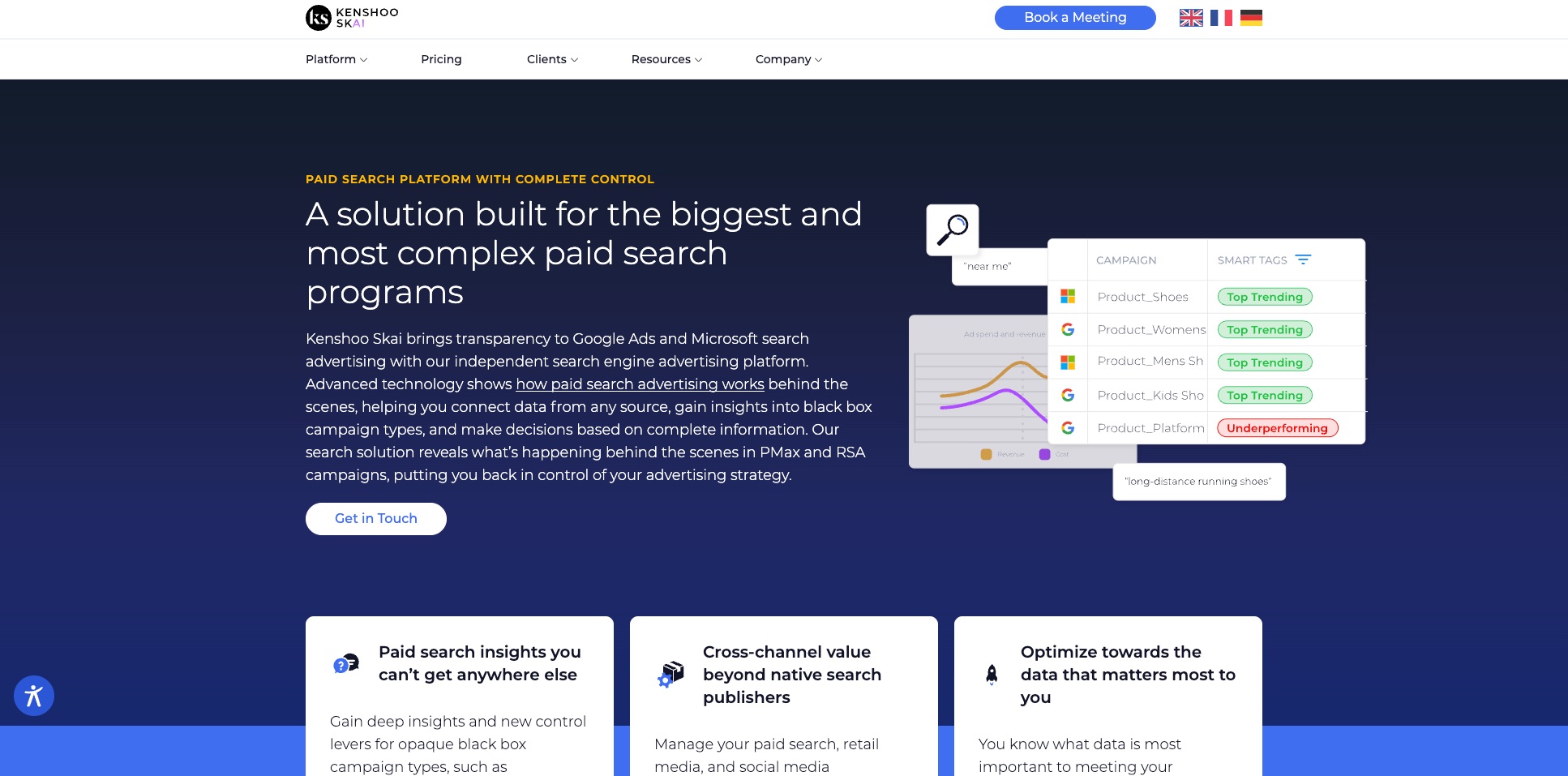
Kenshoo changed its name to Skai in 2023, but the innovative approach remains. Skai works with Google Ads, Microsoft Advertising, Amazon Advertising, and social media to provide:
- Retail media insights for e-commerce brands for e-commerce brands using platforms like Amazon, Walmart, and Target.
- AI-powered budget optimization that consolidates performance marketing in one place.
- Predictive forecasting that uses large data sets to forecast campaign performance under different scenarios.
Skai’s new “Omni-Channel Explorer” visualizes how your brand’s presence affects conversions across various advertising channels.
13. AdsWizard (Rising Star)

AdsWizard is a newer tool that is gaining attention, especially among smaller agencies interested in advanced automation. It stands out with:
- A conversational interface that lets you type queries (for example, “Improve CTR for my top three campaigns”) and receive suggestions.
- Real-time insights from an AI that flags unusual changes immediately.
- Compatibility with Google’s Performance Max campaigns to simplify asset management.
I have tested AdsWizard on a few smaller campaigns and was impressed with how quickly it detected changes in performance.
Comparison Table
Here is the complete comparison table, making it easier to see the differences between the different tools mentioned.
Want to try the #1 AI Toolkit for SEO teams?
Our AI SEO assistants helps write and optimize everything - from descriptions and articles to product feeds - so they appeal to both customers and search engine algorithms. Try it now with a free trial→












